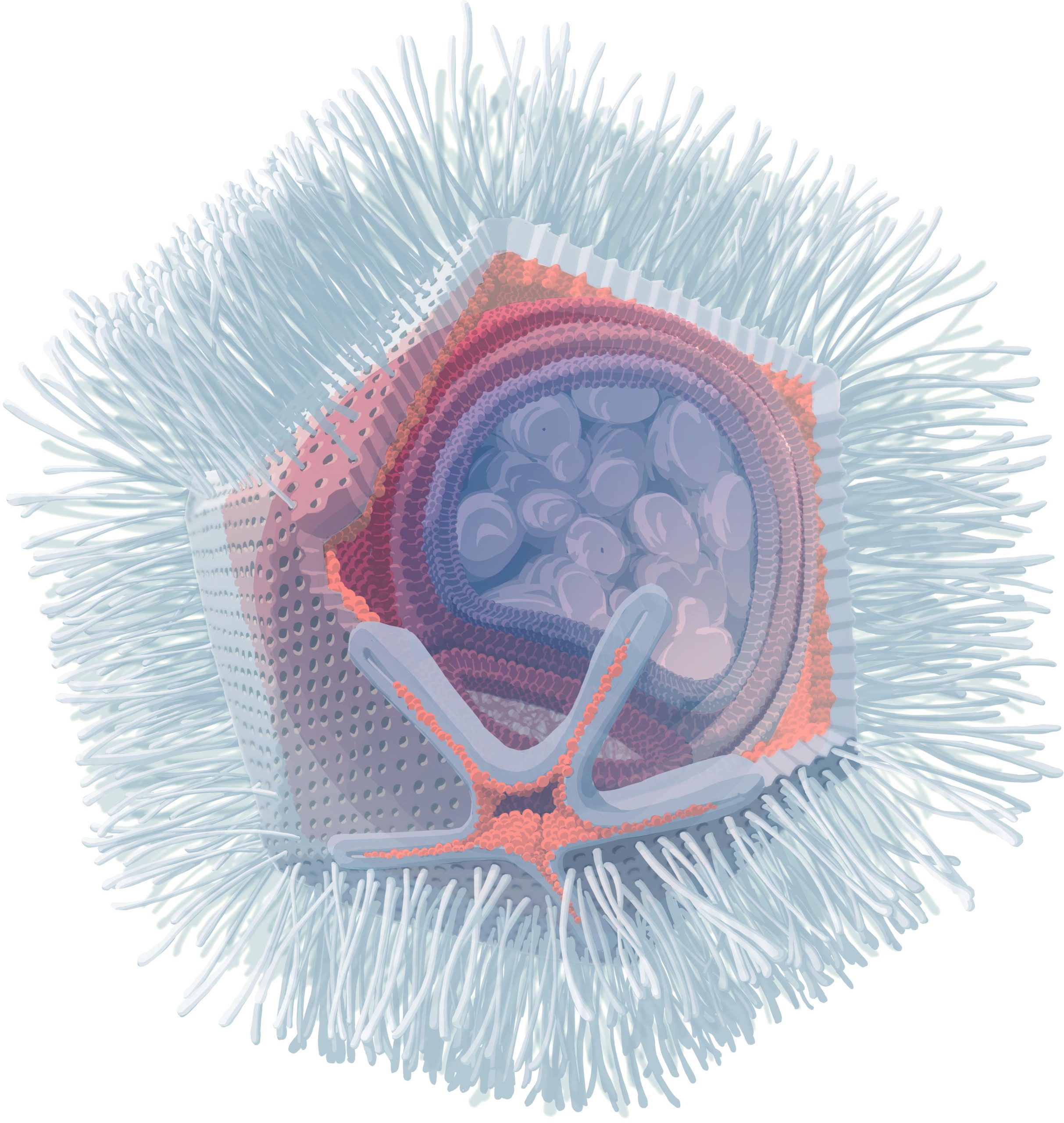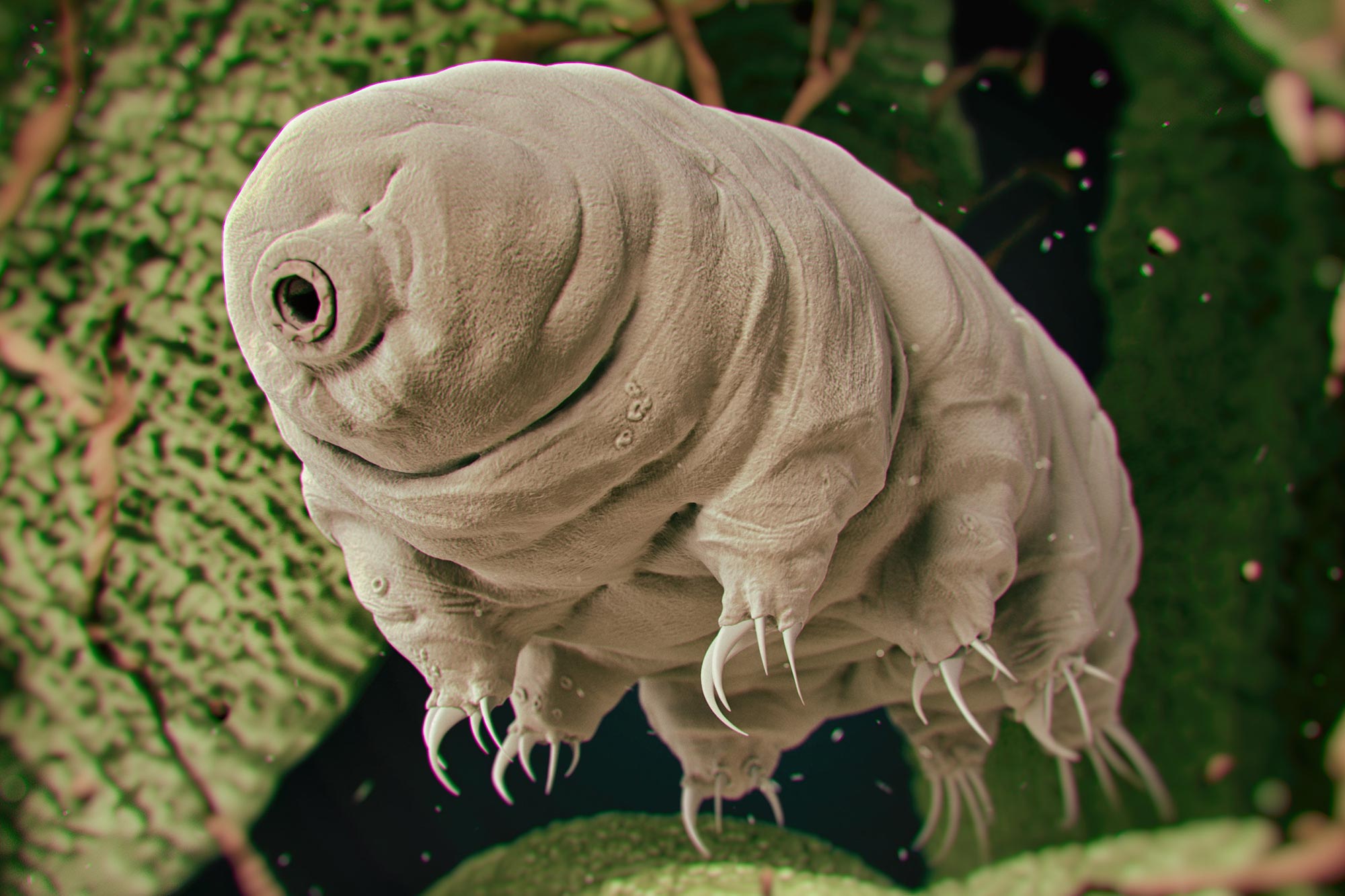Les tardigrades, également connus sous le nom d’ours d’eau, ont évolué il y a plus de 500 millions d’années.
Les chercheurs améliorent leur compréhension de la résilience des tardigrades.
chercheurs en Université du Wyoming J’en ai appris davantage sur les processus biologiques qui permettent à de minuscules organismes connus sous le nom de tardigrades de résister à des conditions extrêmes, telles que la dessiccation complète en animation suspendue, pendant des années.
Thomas Boothby, professeur adjoint de biologie moléculaire, et ses collègues ont découvert comment le tréhalose, un sucre, interagit avec les protéines pour permettre aux tardigrades de survivre en l’absence d’eau. Leurs conclusions ont été récemment publiées dans la revue Biologie des communications.
Les tardigrades, souvent connus sous le nom d’ours d’eau, mesurent moins d’un demi-millimètre de long et peuvent tolérer complètement la dessiccation et le gel à un peu plus de[{ » attribute= » »>absolute zero (approximately minus 458 degrees Fahrenheit, when all molecular motion ceases), heated to more than 300 degrees Fahrenheit, irradiated several thousand times beyond what a person can withstand, and even survive the vacuum of outer space.
Tardigrades’ ability to survive being dried out has perplexed scientists since it seems to vary from that of a number of other species that can enter suspended animation. Previously, scientists believed tardigrades did not produce trehalose to survive drying out, but Boothby and his colleagues discovered that they do, although at lower levels than other organisms.
The researchers also found that, in tardigrades, trehalose works synergistically with another tardigrade-specific protein called CAHS D.
Ultimately, Boothby and other researchers hope that their discoveries can be applied to help solve societal and global health issues — in this case, water scarcity. Their work might lead to better ways of stabilizing pharmaceuticals and generating engineered crops that can cope with harsh environments.
“A long-term goal of this field is to understand better how to confer the adaptation abilities of tardigrades to organisms that do not naturally survive drying,” Boothby says. “This study and its findings provide a compelling argument that to do so may require the combination of different, synergistic protectants.”
Reference: “Trehalose and tardigrade CAHS proteins work synergistically to promote desiccation tolerance” by Kenny Nguyen, Shraddha KC, Tyler Gonzalez, Hugo Tapia, and Thomas C. Boothby, 1 October 2022, Communications Biology.
DOI: 10.1038/s42003-022-04015-2
The study was funded by the National Science Foundation, the Defense Advanced Research Projects Agency, and the National Institutes of Health.

« Évangéliste généraliste de la bière. Pionnier du café depuis toujours. Défenseur certifié de Twitter. Internetaholic. Praticien du voyage. »







More Stories
Un virus géant inhabituel découvert en Autriche
Des scientifiques de Cambridge dévoilent une nouvelle théorie sur les origines des éléments constitutifs de la vie
Hubble célèbre son 34e anniversaire avec une vue imprenable sur la nébuleuse du Petit Haltère